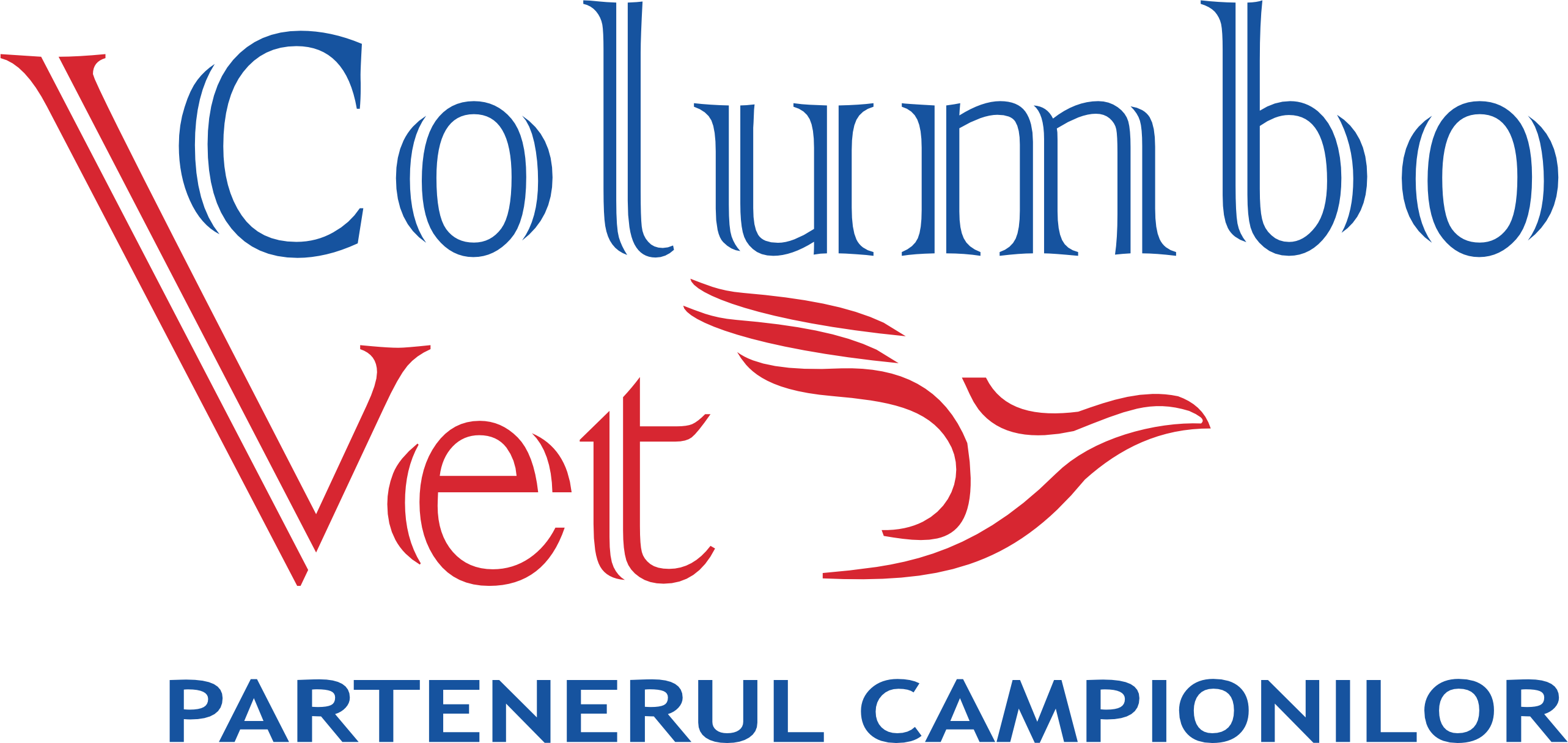Antimicrobial resistance is one of the greatest challenges in human and veterinary medicine today. In pigeons, strains of Candida albicans resistant to substances such as clotrimazole, nystatin, or ketoconazole are increasingly being isolated.
Racing pigeons play a key role in the spread of resistance, as they travel hundreds of kilometers in a single race, offering an opportunity for the dissemination of resistant bacteria.
Propolis – a Natural Alternative Against Infections
Propolis is a complex natural substance with antibacterial, antiviral, antifungal, antiparasitic, anti-inflammatory, and immunomodulatory properties. Its action is mainly attributed to polyphenols and terpenoids, bioactive molecules with remarkable therapeutic effects.
The Study: Propolis Efficacy Against Pathogens
Researchers such as Ádám Kerek and his collaborators evaluated the effectiveness of ethanolic propolis extracts (60%–96%) against pathogens isolated from pigeons:
- Staphylococcus spp
- Enterococcus spp
- Escherichia coli
- Salmonella enterica
- Candida albicans
- Trichomonas gallinae
Thus, it was shown that propolis is effective in inhibiting the growth of bacteria and the strains of Candida albicans and Trichomonas gallinae. The effectiveness against Gram-positive bacteria was, in some cases, close to that of antibiotics, making propolis a potential alternative in the treatment of wound infections. Its remarkable efficacy against Trichomonas gallinae is promising as a potential alternative for treating this widespread infection in pigeons.
It was also effective against the following strains:
- Candida albicans: MIC: 1.56 – 400 µg/mL | MEC: 3.125 – 800 µg/mL
- Trichomonas gallinae: MEC: 2.5 – 5 mg/mL
- Staphylococcus spp.: MIC: 1.56 – 400 µg/mL | MEC: 12.5 – 3260 µg/mL
- Enterococcus spp.: MIC: 1.56 – 400 µg/mL | MEC: 12.5 – 800 µg/mL
- E. coli / Salmonella enterica: MIC > 13,000 µg/mL
Mechanisms of Action
1. Antibacterial:
- Inhibition of nucleic acid synthesis
- Damage to the cell membrane
- Inhibition of biofilm formation and energy metabolism
2. Antifungal (C. albicans):
- Induction of apoptosis
- Inhibition of hyphae formation and cell adhesion
- Disruption of pathogenic gene expression
3. Antiparasitic (T. gallinae):
- Interference with phospholipid synthesis
- Alteration of membrane structure and fluidity
- Cytotoxic effects on mitochondria and the hydrogenosome organelle
- Induction of oxidative stress and apoptosis
Case Study – Trichomonas gallinae
This protozoan primarily affects chicks and young birds, causing lesions in the oral and pharyngeal cavities. The study demonstrated a significant reduction in the number of protozoa after 48–72 hours of exposure to propolis, in some cases leading to complete eradication.
Conclusions
-
Propolis proved effective against drug-resistant pathogens, especially Gram-positive bacteria, C. albicans, and T. gallinae.
-
Due to its natural variability, propolis carries a lower risk of bacterial resistance development.
-
It can represent a real alternative to antibiotics in treating pigeon infections—topically or through drinking water.
Bibliography
Ádám Kerek, Péter Csanády, Barbara Tuska-Szalay, László Kovács, Ákos Jerzsele. In Vitro Efficacy of Hungarian Propolis against Bacteria, Yeast, and Trichomonas gallinae Isolated from Pigeons—A Possible Antibiotic Alternative. Resources, 2023
